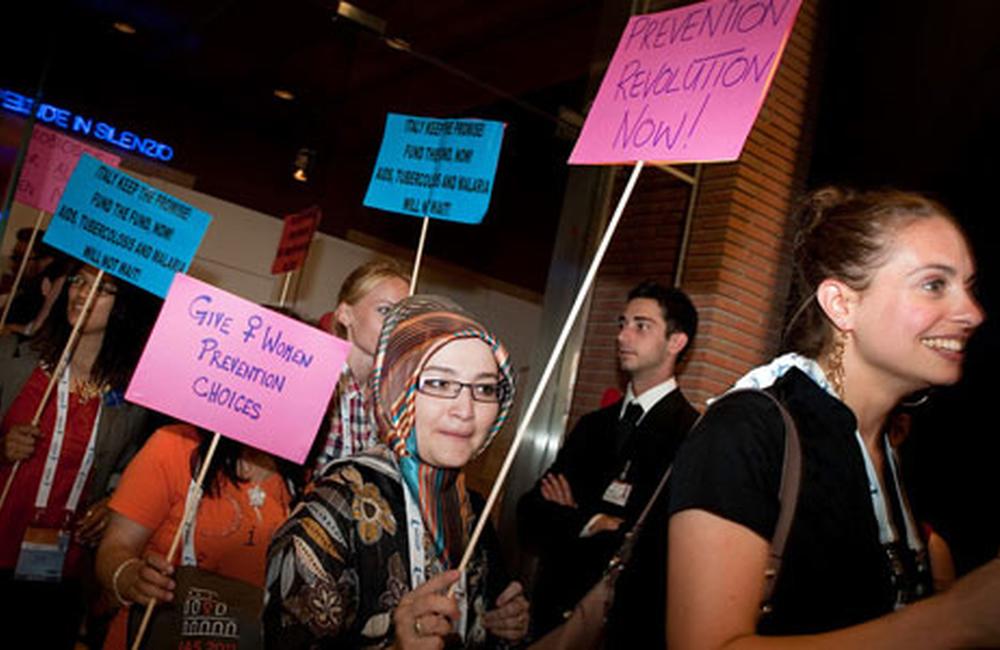
Rome is packed with tourists at this time of year. In a city littered with so many spectacular ruins and imposing monuments, you hear loud exclamations all around you.
The scale of the problem
You might have thought you would hear more exclaiming in response to some of the statistics presented at the Auditorium Parco della Musica, where the International AIDS Society’s conference is entering its final day. The truth is most of us here have heard them all before and often. We’ve probably become numb to their shocking nature or perhaps the scale is just so great we struggle to comprehend the human reality.
Here are some statistics that may cause you to exclaim and help explain the buzz here around prevention.
- In 2009, across the globe, 7000 new HIV infections were registered every single day.
- That’s not far off the number of people who were diagnosed in the UK during the whole of that same year (6630).
- Since the HIV pandemic began (30 years ago), over 25 million people have died with AIDS-related illnesses.
- 33 million people are living with HIV today.
HIV is one of the most destructive diseases humankind has ever faced. It has had profound social, economic and public health consequences.
Preventing HIV clearly has to be a priority in our world.
A sense of optimism
The great news from IAS 2011 is that the armoury for our fight against the virus is fuller than ever. There are now so many potential weapons at our disposal – to combat HIV and to prevent its transmission – it isn’t surprising there is a palpable sense of optimism and excitement here.
Now, in addition to the prevention methods that we’ve practised since the earliest days of the epidemic, including condoms, we are learning more and foreseeing the potential impact of microbicides, circumcision programmes and – a host of acronyms – TasP (treatment as prevention), PEP (post-exposure prophylaxis), PMTCT (prevention of mother-to-child transmission), and PrEP (pre-exposure prophylaxis). You can find out more about prevention tools in NAM’s recently launched online resource Preventing HIV.
This conference has been described as a watershed in the global AIDS response. But, as Michel Sidibé, UNAIDS’s Executive Director, cautioned as the event began, “We have to remember that history will judge us not by our scientific breakthroughs, but how we apply them.”
Judge us by our actions
The key challenge now is how to scale-up the breakthroughs we have been hearing about over the last three days, to bring them to the millions of people who need them across the world – and how to fund them.
And money, in these times of austerity, is going to be a major issue. Numerous speakers at the conference have called for the advances in science to be matched by advances in funding. There have been countless calls on governments and donors to pledge to continue and increase commitment to HIV and AIDS across all programme areas, now that the evidence shows so convincingly their potential impact.
I hope the powers that be are listening in London. In its 2010 report, the UK’s Health Protection Agency drew attention to the continuing high levels of transmission among gay men in the UK and stressed the need for “ongoing prevention efforts tailored to all ages within this group”.
Just a few months later, NHS commissioners in London cut funding for community-delivered HIV prevention services by 20%. And, as I write this, it is still unclear how or whether treatment information services, which enable people with HIV to become involved in their treatment and care, leading to improved adherence (critical if treatment as prevention is to work), are to be commissioned across the capital.
Is a historian somewhere taking some notes?
